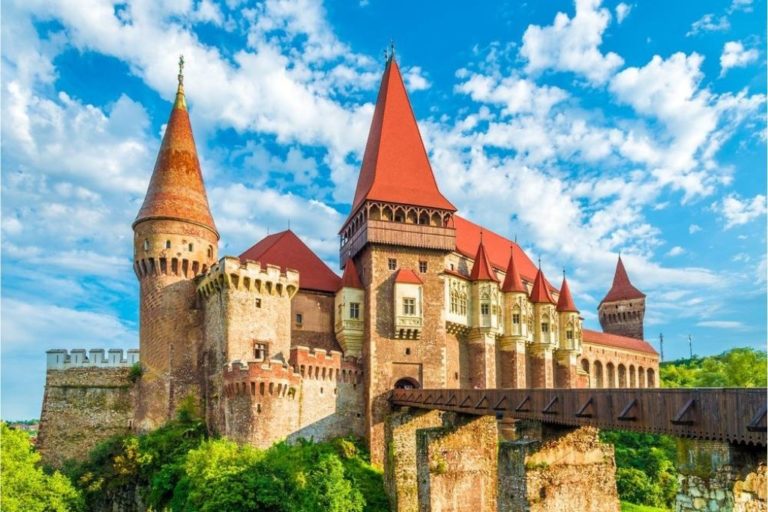Italy is full of history, beautiful landscapes, and fantastic food. The country has so many breathtaking places and marvels.
Most of the country is surrounded by mountains, but other areas are also well-known for their most pristine blissful waters.
From the Pantheon to the Colosseum or from the Vatican to the beaches of Sardinia. Or hey! Even the nightlife of Milan and the food and wine of the country itself, everything in Italy is well known worldwide.
There are lots of ways to see Italy, and each one offers a different experience.
If you want a cultural immersion, you can travel to Rome or Florence and immerse yourself in history, art, and architecture. If you want to enjoy everything from the spectacular food to the excellent wines, you’ll want to go to Tuscany or the Veneto region.
If you’re going to take a more laid-back route, you could do the Amalfi Coast or the island of Sardinia. Finally, if you want to relax without the frenetic pace of Rome, Milan, Florence, or Venice, you can head to Bologna.
Geography
Italy is located in south-central Europe and comprises varied yet scenic landscapes.
Italy is separated from France, Austria, Switzerland, and Slovenia to the north by the Alps. The Adriatic Sea surrounds the country to the northeast. In contrast, the Ionian Sea bounds the country to the southeast, the Ligurian Sea to the northwest, and the Tyrrhenian Sea to the southwest.
The country has three types of landscapes: mountain ranges, plains, and coastal areas.
More than one-third of the country’s area has a mountain that ranges more than 2,300 feet.
On the other hand, only one-fourth of Italy is covered by the plains. Such plains are in the Po valley, Chiana Valley, and the Apulian Plain.
The coastal areas are, again, a magnificent place to relax. These coasts are varied.
Tuscany to Campania has sandy, crescent beaches that are separated by rocky eminences. Calabria has short rocky beaches whereas, Puglia’s coats have terraced gradients.
Climate
The country lies in the temperate zone. There are four meteorological situations in the country’s climate:
- The Mediterranean winter cyclone
- The Alpine summer cyclone
- The Atlantic autumnal cyclone
- The eastern Siberian autumnal anticyclone
The meeting of the Atlantic autumnal cycling and the eastern Siberian autumnal anticyclone brings heavy and disastrous rains in the autumn season.
Best time to visit Italy
Spring (March-may) and autumn (September-November) are the best seasons to visit Italy.
These seasons have mild temperatures and fewer crowds, making your travel comfortable and enjoyable. In addition, the wildflowers start to bloom, making the environment vibrant.
Nature and Wildlife
The country has three zones of differing vegetation: the Po valley, the Alps, and the Mediterranean-Apennine area.
You can find evergreen cork oak, the European olive, the cherry laurel, and the cypress trees around the Lombard lakes. In addition, you can see twisted shrubs like rhododendron, dwarf juniper, and green alder alongside grasses and wildflowers in high-altitude zones.
The snow lines have mosses and lichens.
Animal population has decreased due to human settlement. You may find marmots, ermine, the Alpine rabbit, and the mountain partridge in the Alps.
Visit the Gran Paradiso National Park to see the ibex. The rare lynx, stoat, and brown bears are also found in Italy.
The Alpine areas also house birds like the golden eagle, the black grouse, and the capercaillie.






